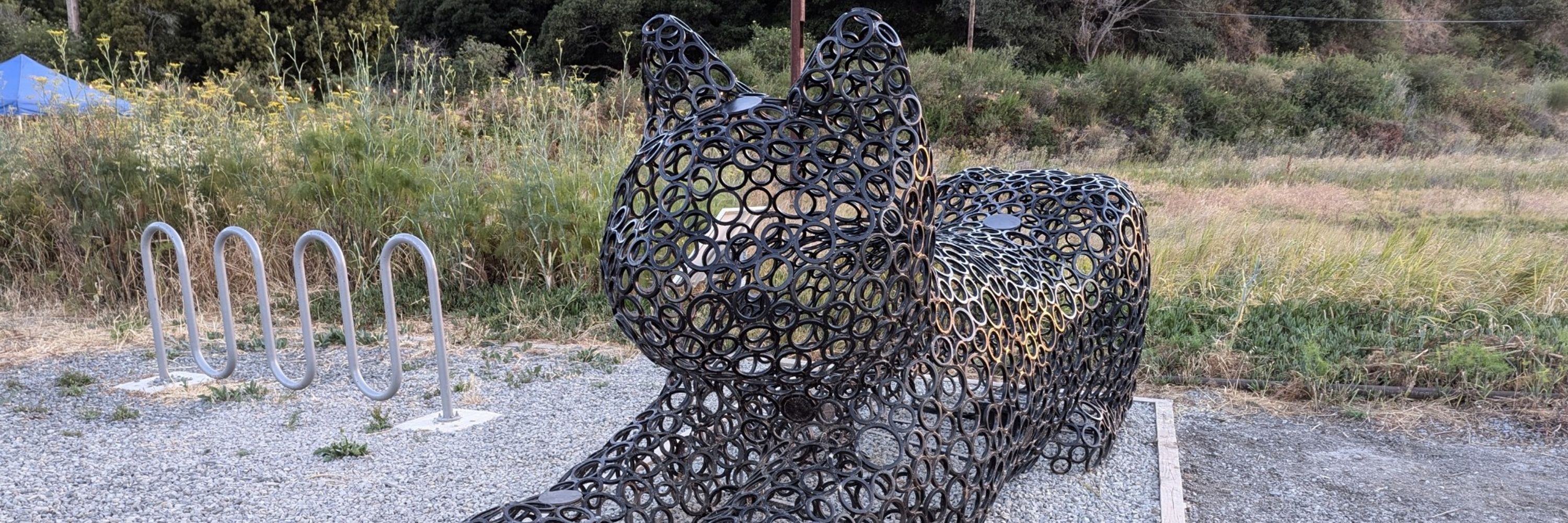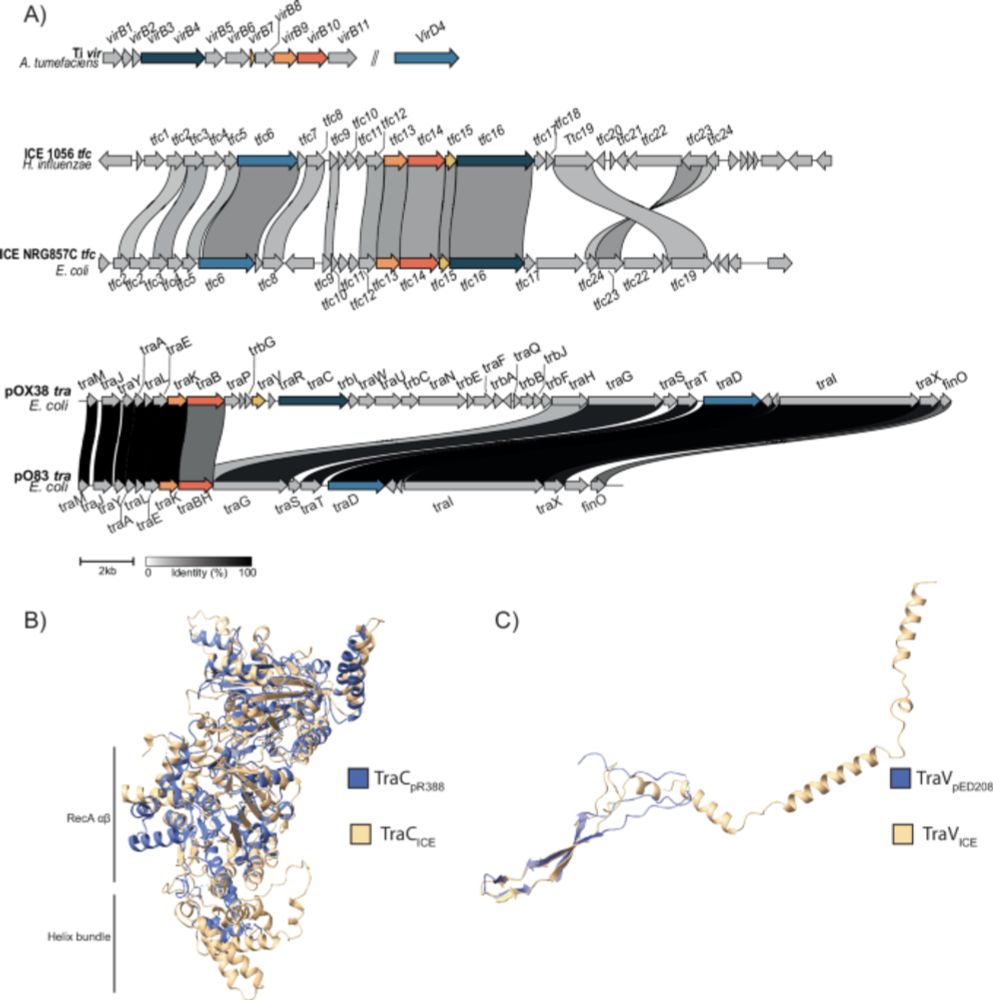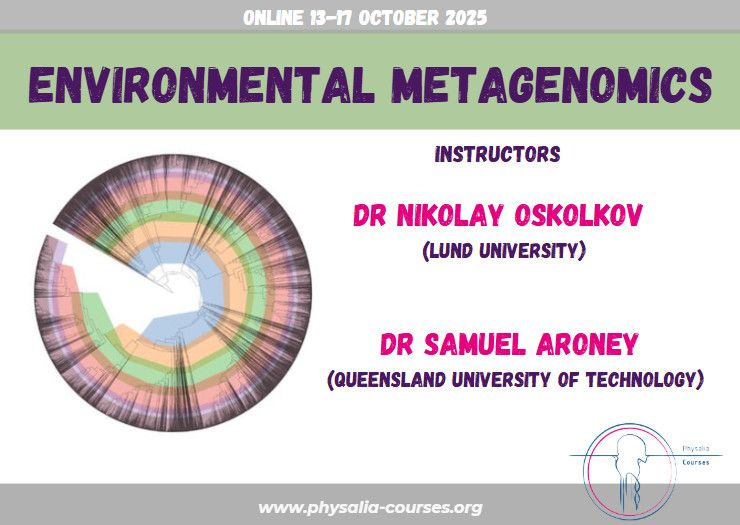Simon Roux
@simrouxvirus.bsky.social
3.7K followers
1.7K following
170 posts
Virus-obsessed bioinformatician, DOE JGI Scientist, Enjoy exploring the viral world with #metagenomics and other cool #omics toys. He/him. Opinions my own.
Posts
Media
Videos
Starter Packs
Reposted by Simon Roux
Reposted by Simon Roux
Reposted by Simon Roux
Reposted by Simon Roux
Reposted by Simon Roux
Reposted by Simon Roux
Reposted by Simon Roux
Reposted by Simon Roux
Reposted by Simon Roux
Reposted by Simon Roux
Reposted by Simon Roux



















